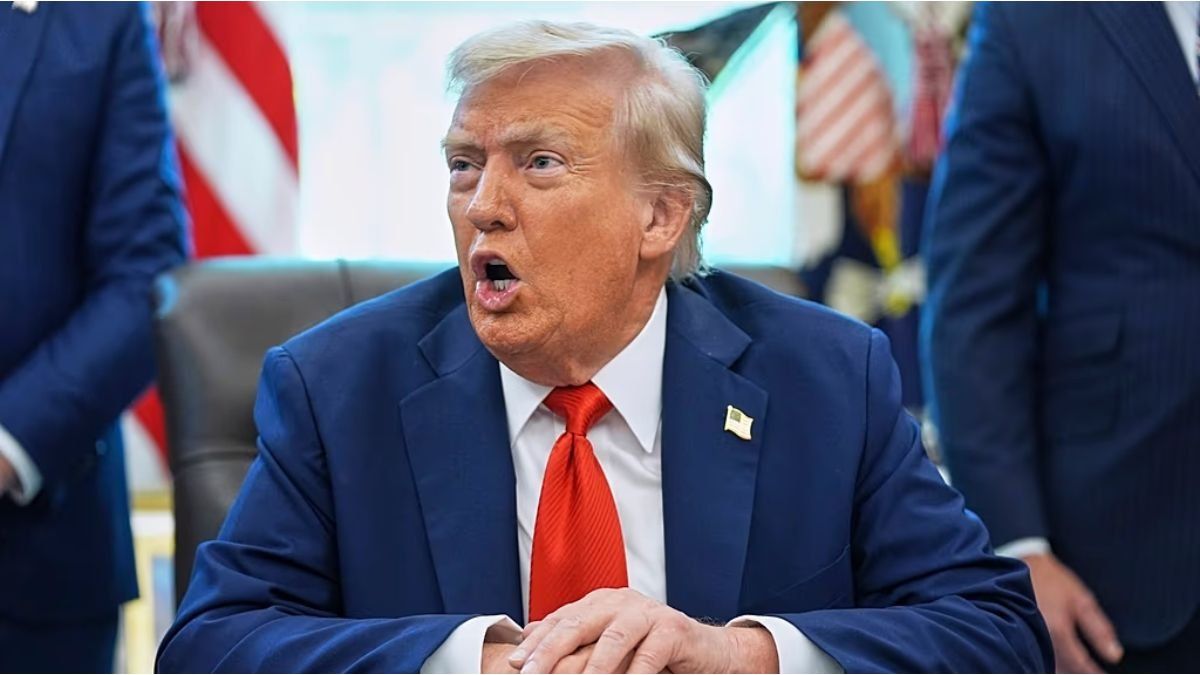Opinion
The leaders of the coalition have agreed on a draft budget. At the last minute. The result is not convincing in terms of substance or politics.
Politicians who want to appear close to the people like to speak directly to citizens on budgetary issues. Everyone knows this from home, as FDP parliamentary group leader Christian Dürr recently said: You have to make do with the money that is there. And that is exactly how it should be in politics, for example when the federal government draws up a draft budget for 2025.
But that is not exactly the case, even if the government will now claim it again after Olaf Scholz, Robert Habeck and Christian Lindner have once again reached a final agreement. In addition to the 23 meetings and 80 hours that were already necessary for a first draft by the beginning of July, several more hours and countless phone calls have now obviously been added after it became clear that the legal basis of the traffic light coalition’s accounting system was once again shaky. But the result is not convincing – not really in terms of the matter and certainly not politically.
The summer break was fought through – because of one percent of the budget volume
It is important to remember that the preparation of the first draft budget was an almost unprecedented tug-of-war that brought the coalition to the brink of collapse. And yet, days and weeks went by for just one percent of the budget volume to be missing, and the coalition leaders negotiated at a time when they should have been on vacation. This style of government can no longer be explained by the differences between the three parties, but only by their inability to reach a convincing compromise.
In essence, the coalition has now agreed, in addition to a few complicated accounting tricks, to estimate the acceptable deficit in the budget to be several billion higher than originally planned. This deficit is actually officially called the “global underspending bottom line”. This means that it is assumed that a certain amount of the estimated budget will not be spent anyway and will therefore be saved – the bottom line or the missing money will still flow into the coffers as a result of favorable economic development and ultimately through higher tax revenues.
This is a very common instrument and can be justified by experience with budget implementation. However, it is astonishing that the coalition has not only increased this global expenditure reduction by a full third within a few weeks, when the economy, for example, has not given much cause for new hope. It is also remarkable that the government has not only set this reduction at a record high, namely twelve billion euros, but also significantly higher than it had itself promised. It had actually wanted to stay in single figures. In other words: because it is no longer really capable of politics, the traffic light coalition is replacing politics with hope.
The financial policy decline of the past few years is also clearly reflected in language. Olaf Scholz used to boast about instruments that he called bazookas, oomph or even double oomph. Today the key term for financial policy is global spending cuts, appropriate for a coalition that has really reached rock bottom politically.
Source: Stern
I have been working in the news industry for over 6 years, first as a reporter and now as an editor. I have covered politics extensively, and my work has appeared in major newspapers and online news outlets around the world. In addition to my writing, I also contribute regularly to 24 Hours World.




